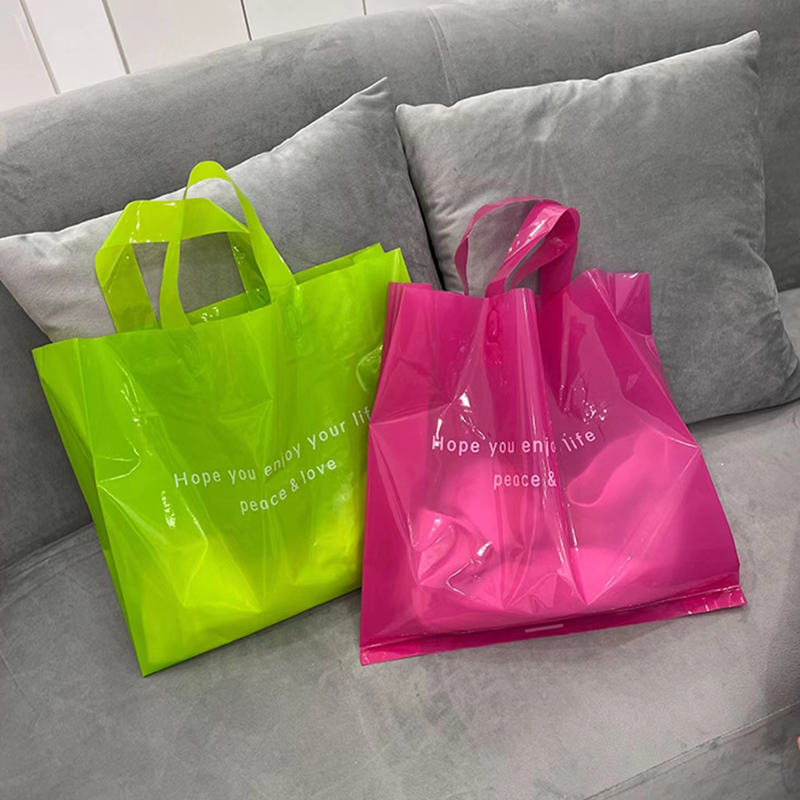Heat-Seal Technology Secrets: Extend Freshness for Seafood Exporters
Why Heat-Seal Technology Defines Export Success
Global seafood exporters face a critical challenge: maintaining product freshness across complex supply chains. Heat-seal technology has emerged as the backbone of modern packaging strategies, directly impacting shelf life, regulatory compliance, and customer satisfaction. Unlike traditional sealing methods, advanced heat-seal systems create hermetic barriers that lock in moisture while blocking external contaminants – a decisive factor in preventing texture degradation and microbial growth during transit.
The Science Behind Extended Freshness Preservation
Optimized heat-seal parameters enable precise molecular bonding between packaging layers, achieving leak-proof results even under sub-zero temperatures. This technology adapts to various seafood types – from delicate shrimp requiring low-temperature sealing to oily salmon fillets needing reinforced seal widths. Progressive manufacturers now integrate real-time thermal sensors to maintain consistent pressure-temperature profiles, ensuring uniform sealing across high-speed production lines.
Material Compatibility for Diverse Product Needs
Modern heat-seal solutions accommodate multi-layer films combining oxygen absorbers, anti-fog additives, and puncture-resistant substrates. This versatility allows exporters to customize packaging for specific marine products: breathable membranes for live shellfish, vacuum-compatible seals for frozen tuna, or transparent lidding for premium retail displays. The right material pairing reduces ice crystallization while maintaining optimal humidity levels critical for preserving seafood’s natural texture.
Streamlining Quality Control in High-Volume Operations
Automated vision inspection systems paired with heat-seal equipment now detect micro-leaks invisible to the human eye, achieving near-zero defect rates. This integration proves vital for exporters managing large batches, where a single compromised seal can trigger entire container rejections. Advanced reporting modules track seal strength metrics across production lots, providing auditable data for international food safety certifications.
Cost-Efficiency Through Energy-Smart Sealing
Next-generation induction sealing systems reduce energy consumption by 40% compared to conventional resistance heating, significantly lowering operational costs. Variable-frequency drives allow rapid temperature adjustments between different packaging formats, minimizing material waste during production changeovers. These innovations help exporters maintain profitability despite volatile shipping schedules and fluctuating fuel costs.
Meeting Global Sustainability Requirements
As eco-regulations tighten, heat-seal technology enables thinner yet stronger recyclable films – reducing plastic usage by up to 30% without compromising seal integrity. Biodegradable adhesive formulations now maintain performance parity with traditional options, aligning with EU and North American circular economy mandates. Exporters leveraging these green innovations gain preferential access to environmentally conscious markets.
Future-Proofing Against Supply Chain Disruptions
Modular heat-seal systems with quick-change components allow rapid adaptation to sudden material shortages or packaging redesigns. Cloud-connected monitoring enables remote troubleshooting, crucial for maintaining operations across distributed production facilities. These resilient features ensure continuous compliance with evolving international seafood packaging protocols and customs inspection standards.





 Hot News
Hot News
